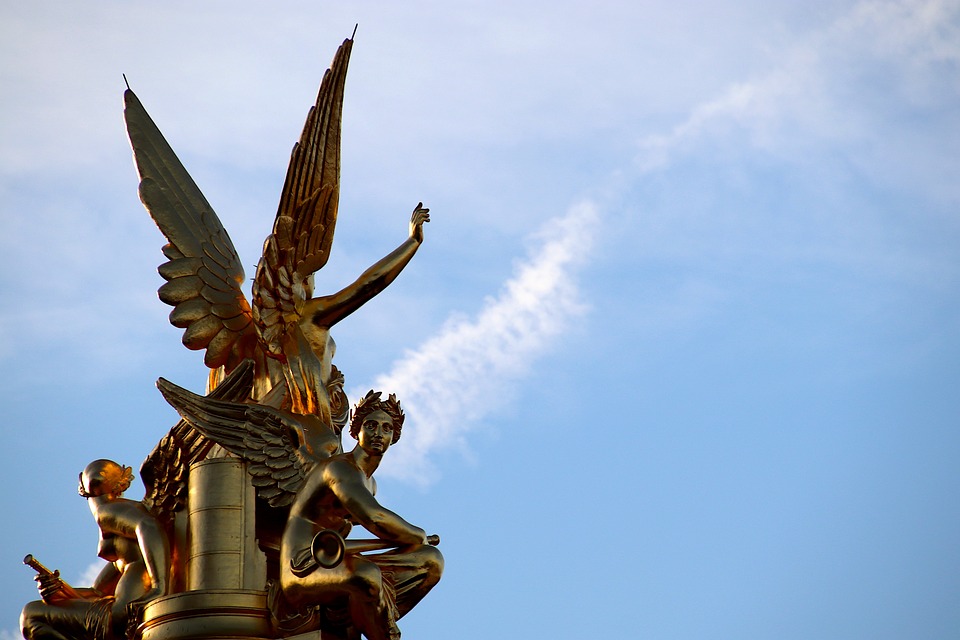Aragon’s Cultural Heritage: A Rich Tapestry of History
Located in northeastern Spain, Aragon is a region steeped in a rich cultural heritage that dates back centuries. From its Roman and Moorish influences to its medieval art and architecture, Aragon’s cultural identity is a unique blend of diverse traditions and customs that have shaped the region’s identity today.
The Influence of Roman and Moorish Civilizations
One of the earliest influences on Aragon’s cultural heritage can be traced back to the Roman and Moorish civilizations that once dominated the Iberian Peninsula. The Romans, who conquered the region in the 2nd century BC, left behind a legacy of impressive architectural feats, including aqueducts, bridges, and amphitheaters that can still be seen in Aragon today.
Similarly, the Moors, who ruled over the region for nearly 800 years, brought with them a rich artistic and architectural tradition that can be seen in the intricate designs of the Aljaferia Palace in Zaragoza. The fusion of Roman and Moorish influences created a unique cultural landscape that continues to define Aragon’s identity today.
Medieval Art and Architecture: A Testament to Aragon’s Glory Days
During the Middle Ages, Aragon emerged as a powerful kingdom that extended its influence across much of the Iberian Peninsula. It was during this period that the region experienced a golden age of art and architecture, with churches, cathedrals, and castles being built as symbols of Aragon’s wealth and power.
One of the most iconic examples of Aragonese medieval architecture is the Cathedral of Jaca, a stunning Romanesque masterpiece that attracts visitors from around the world with its intricate carvings and sculptures. The Alcaniz Castle, built by the Knights Templar in the 12th century, is another remarkable example of Aragon’s medieval heritage that showcases the region’s military might and strategic importance.
Aragonese Traditions and Festivals: Keeping the Past Alive
Despite the passage of time, Aragon has managed to preserve many of its traditional customs and festivals that celebrate its cultural heritage. One such example is the Fiestas del Pilar in Zaragoza, a week-long celebration in honor of the city’s patron saint, the Virgin of the Pillar. The festival features colorful parades, music, dance, and fireworks that bring the entire community together in a spirit of joy and camaraderie.
Another important tradition in Aragon is the jota, a lively folk dance that is performed at weddings, festivals, and other special occasions. The jota is a testament to the region’s strong sense of identity and pride in its cultural heritage, showcasing the unique blend of influences that have shaped Aragon’s traditions over the centuries.
The Legacy of Aragon’s Cultural Heritage Today
Today, Aragon’s cultural heritage continues to play a vital role in shaping the region’s identity and sense of pride. From its Roman and Moorish influences to its medieval art and architecture, Aragon’s diverse cultural landscape is a testament to the region’s rich history and legacy.
Preservation and Conservation Efforts
In recent years, there has been a concerted effort to preserve and protect Aragon’s cultural heritage for future generations. The regional government has invested in the restoration of historic sites and monuments, ensuring that these treasures are safeguarded for years to come.
Furthermore, initiatives such as cultural festivals, exhibitions, and educational programs have been launched to promote awareness and appreciation of Aragon’s cultural heritage among both residents and visitors. These efforts have helped to keep the region’s traditions and customs alive, ensuring that Aragon’s cultural identity remains vibrant and dynamic.
Tourism and Economic Development
Aracultural heritage has also played a key role in driving tourism and economic development in the region. The unique blend of history, art, and architecture that Aragon offers has attracted visitors from around the world, bolstering the local economy and creating opportunities for growth and prosperity.
From the historic streets of Zaragoza to the picturesque villages of the Pyrenees, Aragon’s cultural heritage is a major draw for tourists seeking an authentic experience that captures the essence of the region’s identity. By showcasing its rich history and traditions, Aragon has positioned itself as a vibrant cultural destination that offers something for everyone.
Conclusion
Aragon’s cultural heritage is a tapestry of history that has shaped the region’s identity and sense of pride. From its Roman and Moorish influences to its medieval art and traditions, Aragon’s diverse cultural landscape is a reflection of its rich history and legacy.
Through preservation efforts and initiatives to promote awareness and appreciation of its cultural heritage, Aragon has ensured that its traditions and customs remain alive and vibrant. As a result, the region has become a cultural destination that attracts visitors from around the world, driving tourism and economic development in the process.
By celebrating its past and embracing its cultural heritage, Aragon has created a unique identity that sets it apart as a region with a rich and diverse history that continues to shape its identity today.
